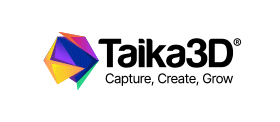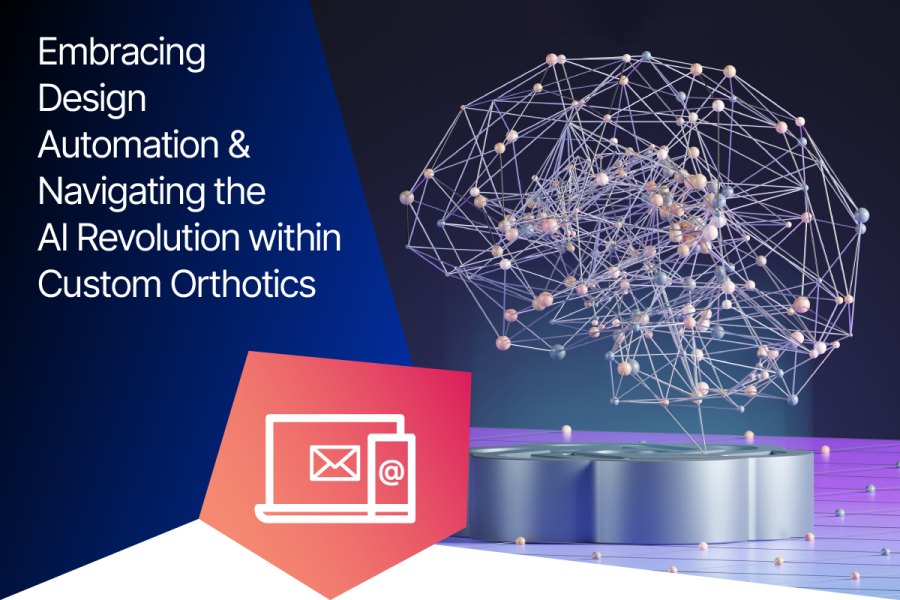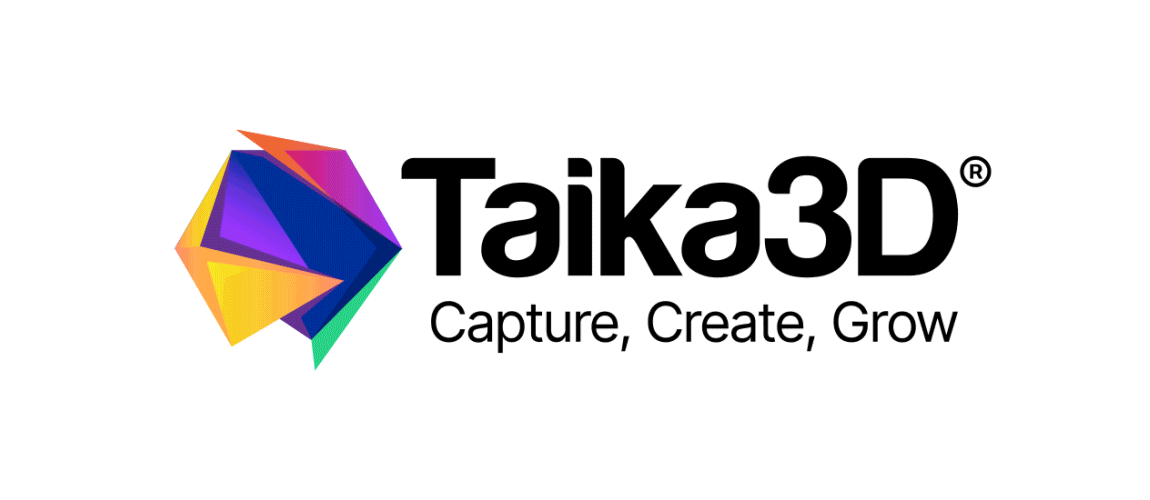Our vision at Taika3D is to use design automation to make better orthotic and prosthetic products available to users around the world, and as recently appointed Head of Marketing, I wanted to understand what this actually means in practice.
So, as part of settling into my role I invited some of my colleagues into a call and asked them what they see as the main challenges faced in custom orthotics, and what it is they think we can do about it. Given their experience, they had plenty to say and I thought you might like to read about it too!
What are the main challenges faced in custom orthotics?
It was interesting to me what the company is trying to do. But perhaps more compelling, was that it revealed a bit about the individual motivation of my colleagues!
Arthur, who is Business Development and Key Account Manager in North America, joined Taika3D last year. Prior to that he was working as a freelance CAD designer and advocate for digital literacy in O&P. He described to me the big challenge as he sees it.
Legacy Software & Hardware
“There are some systemic problems in Orthotic manufacturing companies. Legacy software and hardware complicate the design workflow, creating inconsistency in design and slowing production. They are really designed for a low volume ‘craft’ approach.
“This highly manual design process hinders scalability in companies, as it takes a significant amount of time to create individual designs. This results in low throughput and makes efficient production very hard.
“Additionally, the use of manual tools in design leads to boredom, pressure, less connection with the end users, low job satisfaction, wasteful practices, lower accountability, and compromises in quality.”
Steve, our CEO, has 30+ years managing custom orthotic manufacturing facilities and clinical delivery in the UK, as well as helping improve processes in many other markets. He agrees with Arthur;
Time Considerations
“In a traditional workshop, despite the use of state-of-the-art CAD CAM technology, the absence of any real design automation often leads to talented individuals wasting time and energy on repetitive tasks. Spending time on mundane tasks means less time available to assist in innovation, clinical support and critical thinking.
“Addressing the wasted human potential should be a priority at a time when recruitment, retention and meaningful roles are more critical than ever. This waste is directly limiting the growth of promising businesses with good products.”
In his view, more sophisticated products are going to require a new approach.
“This is even more challenging when introducing novel custom-made products with a variety of individual features. There is demand for these improved products but the need to individually design each item has always hindered the scale up of innovative custom products.”
Jari, another of Taika3D’s co-founders, is particularly passionate about using the design freedom and innovation potential of 3D printing to Orthotics. Indeed, he has been working toward that goal since gaining his PhD in the topic in 2007! He described his own experience of the limitations traditional CAD can bring when trying to innovate in Orthotics.
Complexity of Design
“I helped lead a company that offered the world’s first commercially available 3D-printed insoles. The product design was great, it offered new treatment options and demonstrated real benefits to users.
“The product’s increasing complexity, with integrated features like perforations, textures and varying thickness, made traditional manufacturing methods and conventional CAD impractical.
“In particular, the manual design process became time-consuming and repetitive, hindering scalability. Although attempts were made to automate, each step of growth required additional designers and expensive licenses.
“The prolonged timescales for increasing design capacity posed a strategic challenge and really limited the rate of our business’s growth. This challenge was part of the inspiration for Taika3D.”
Jari remains confident of the place that 3D printing has in the future of custom orthotics, even if its growth has been frustratingly slow, and it is clearly a big part of what drives his involvement in design automation.
In our next article, we will find out what is being done about these bottlenecks and how technology is addressing these challenges.












